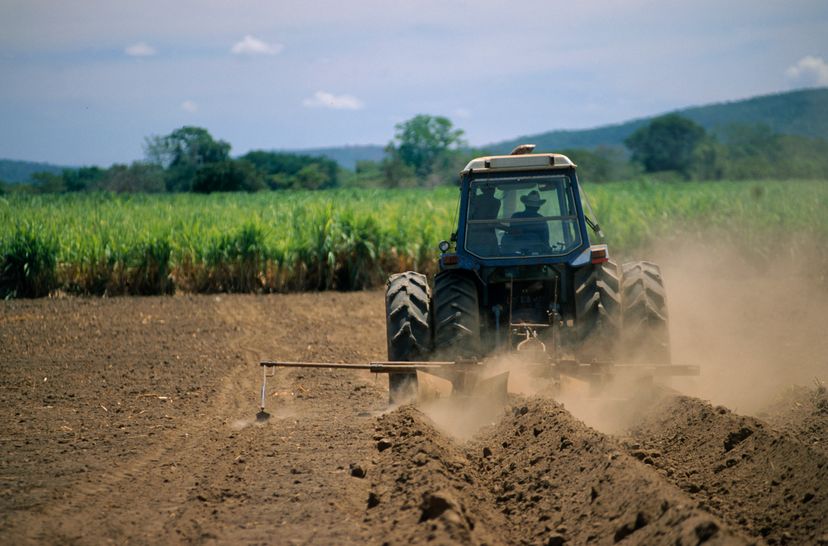The versatility of pneumatic tires extends to numerous applications, enabling safer and more efficient mobility in automotive, industrial, construction, and recreational settings. One common application is in the automotive sector, where pneumatic tires are used in passenger cars, motorcycles, trucks and buses. These tires provide ride comfort and secure handling on different road surfaces, enhancing overall safety and performance.
In the industrial and construction sectors, pneumatic tires are utilized in heavy machinery and equipment such as forklifts, loaders and excavators. The cushioning effect of pneumatic tires helps minimize vibrations, allowing for smoother operation and reduced impact on uneven terrain. The tires' flexibility and traction enable efficient maneuverability in demanding environments.
Furthermore, pneumatic tires play a crucial role in the transportation industry, including bicycles, motorcycles and bicycles. They provide enhanced grip and shock absorption, ensuring a comfortable and stable ride, even on rough terrain. Pneumatic tires are also commonly used in off-road vehicles, ATVs and bicycles, allowing enthusiasts to explore various outdoor environments with better traction and control.
